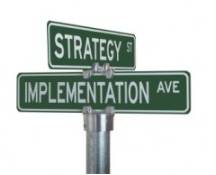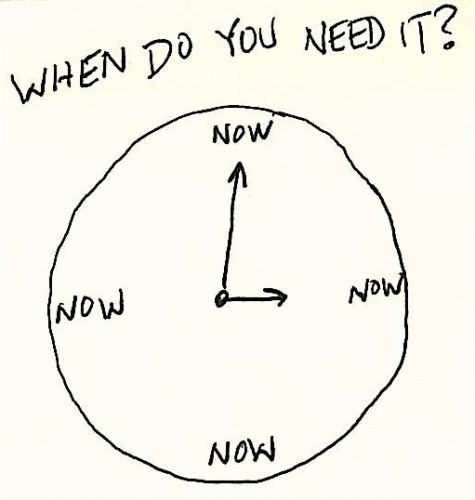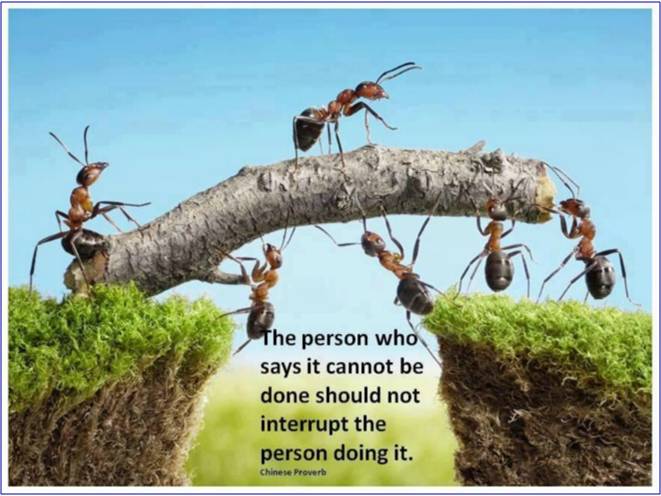Simple but Effective Tools for your Team Build
The techniques we’re sharing with you here are a core menu of tools we’ve used for team development from non-management staff and new managers right through to a team of C-suite/ senior SES Executives and everything in between. The tools are a loose mix of Design Thinking, LEAN/Six Sigma methodologies and our own practical solutions developed from experience.
We’ve effectively applied these tools in a wide range of team development needs including: improving team cultures; raising productivity, breaking down team and organisational silos; helping an existing team to work better together rather than as a group of individuals; helping teams merge or change the way they work/ work with a new manager/ use new systems or procedures; resolve productivity problems; even forming a new team or organisation from scratch.
1. Work out a Vision for the Team

When doing this, shelve the current practices and ways of thinking. Put the practicalities and current reality to one side for now. This is about what the team want it to look like if they had the choice. This part is very important as you don’t want the team to be limited by the potential constraints of current thinking.
Write down what will that vision look like in terms of what each team member will See, Hear and Feel going on around them. Be as specific as possible – the more spe
Write each of these points down on a separate sheet of coloured A4 paper, each with a heading of See, Hear or Feel and stick them up on a wall. Alternatively you could use coloured post-it notes if space is limited.
2. What Behaviours and Actions Need to Happen to Make that Vision Come to Life?
Get the team to express what behaviours they need to Start, Stop or Keep doing to make that vision happen. Make sure the focus stays on the vision and doesn’t descend into the current reality, especially if that current reality is not too flash.
3. Park Problems
If problems arise, all agree that you will park them temporarily instead of going into detail about them. Write them down on the paper, stick them somewhere relatively out of view. You can come back and look at them later. The idea is to focus on the solution and practical, positive things you want to achieve, not focus on the problems. And anyway, often the problems ‘miraculously’ seem to disappear as things progress.
4. Decide Actions

The mistake most people make in any facilitation (or any training, Executive Coaching, self-help seminars, etc.) is that they don’t translate all the lovely visioning and strategy-making into cold, hard, rubber-meets-the-road action for when they get out of the room.
So the next step is to allocate actions to each thing you want to Start, Stop or Keep doing. Forget the long term, focus on the first action people need to take when they walk out of the room. It could be as simple as “book a meeting with all of the team to agree the top 8 most important teamwork behaviours”. The idea is that action will then cascade into further action.
5. Prioritise
Prioritise what you want to achieve in order of importance ideally, then time/urgency. As Stephen Covey says, “urgent isn’t necessarily important, so beware of the distinction as you decide priority for each item”.
6. Accountability: Allocate Responsibility to EACH Action
Make sure every action has at least (and ideally just!) one person who is responsible for executing it. Write that person’s name on the paper so that they have ownership of it.
7. Accountability: Decide Start and Due Dates
After deciding personal responsibility for the action, set a timeline. And set a start date as well as a due date. You need a due date, of course, but set a start date as to when the action needs to commence to make sure everything is done by the due date.
We see from experience in our Time Management training, when people work purely on due dates, things often get left until the last minute and are consequently rushed, done poorly or the due date is missed entirely due to lack of prior planning. In 3 months time when the due date is the next day and you’re still stressing, you’ll wish you’d started today!
8. Summarise Action
Summarise who’s going to do what and when, make accountability pacts if you can.
9. Put Actions in your Calendar/Diary!
As we teach in our Time Management course, put your actions in your diary/calendar on the start date and make sure you note the due date. Otherwise they’re likely to sit in your notebook or electronic notes and nothing happens.
10. DO IT!
Remember, strategy not coupled with action will never be more than the brain cell it occupied! As the ancient Chinese proverb says: “The person who says it cannot be done should not interrupt the person doing it.”
And finally:
“Don’t be afraid to take a big step if one is indicated. You can’t cross a chasm in two small jumps.”
David Lloyd George


























































